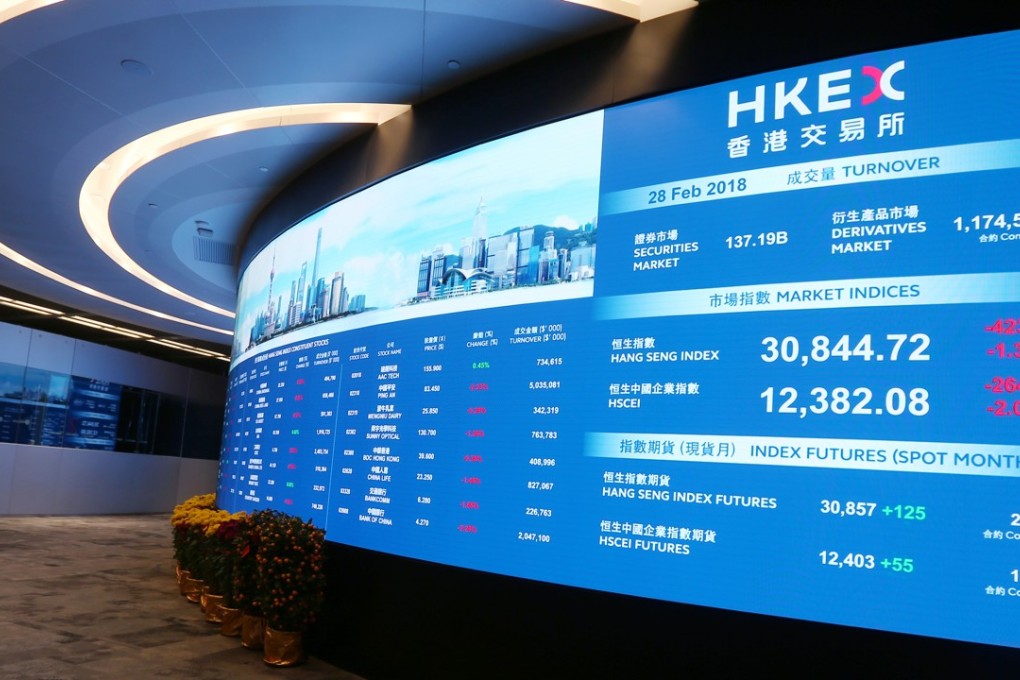Hang Seng Index clocks up fifth consecutive quarterly increase
But it’s certainly been a roller coaster start to 2018, with shares ebbing a flowing throughout the first three months

Hong Kong’s Hang Seng Index has ended the first quarter of 2018 slightly ahead – the fifth quarter to grow in a row, marking the longest winning streak based on three months since December 1996.
But it’s been a roller coaster start to the year.
At the end of January, the benchmark gauge hit a record high of 33,484 before sliding to a seven-week low of 29,129 in February, then retracing slightly higher thereafter.
On Thursday, the index edged up 0.24 per cent to 30,093.38, erasing Wednesday’s losses and moving in line with mainland markets.
The Hang Seng China Enterprises Index, known as the H-shares index, also advanced 2.47 per cent in the first quarter, again the fifth quarter in a row, after closing on Thursday virtually unchanged at 11,998.34.
While concerns about a US-China trade war have eased, investors remained cautious.